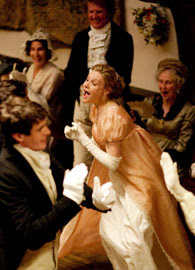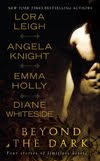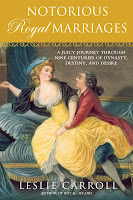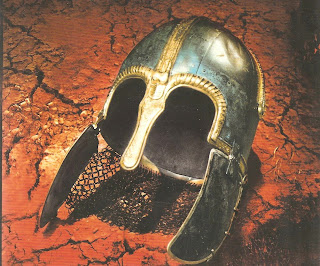The Latest PBS "Emma"

After I busy work-week, I finally wrestled the TV away from my 6 year old and insisted it was my turn---I invited her to watch "my show". Reluctantly, she settled on the couch next to me, but much to my amazement, she never peeped for the next two hours---watching "Emma" on PBS. Now this is child who can quote song and verse from High School Musical One, Two and Three, a child who will find the latest version of I Carly, or the Wizards of Waverly Place, and yes, sometimes even Hannah Montana, before she can find her shoes. I was shocked. But sat she did, all the way through, seemingly fascinated. Now the latest version of Jane Austen's Emma has been advertised as "more approachable"---as if it wasn't. And it was widely hoped that the lovely young actress and actor who play the leads were "more relatable" than those of the past. I guess if a 6 year old found something particularly view-worthy about this show, then PBS has far exceeded anyo

.jpg)






